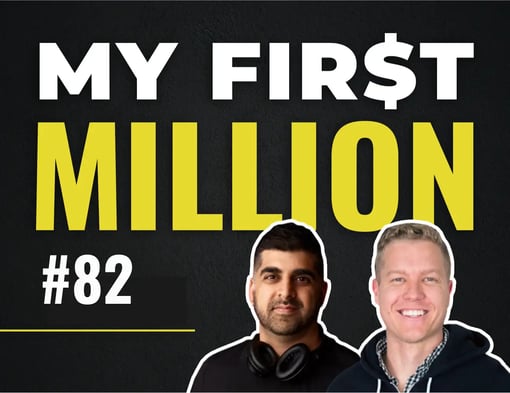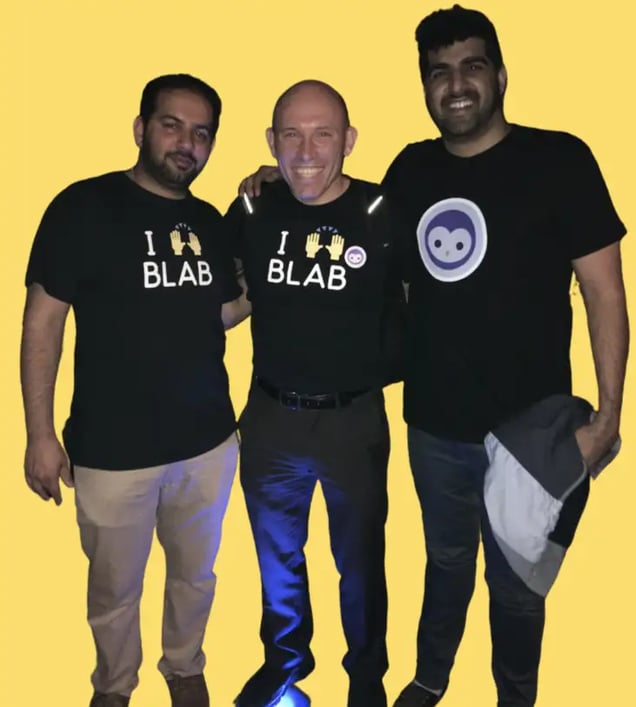Shaan Puri explains how he angel invested with no money and how he lost out on million.

How to angel invest with no money 😇 💰
- 🐵 Shaan moved to San Francisco in 2013 to work as a Product Manager at Monkey Inferno, an idea lab.
- 🧘 In Silicon Valley, he discovered several startups he felt could be successful. But Shaan didn’t feel like he had the capital to invest, given his $120k salary in California. As a result, he forwent investing in companies such as Calm, even though he loved the idea and was close to its founder, Alex Tew.
- 🏫 Years later Shaan got excited by another startup: Lambda School. Still without capital to invest, he struck a deal with someone who did have money. Shaan would find great deals (like Lambda School) and use this investor’s money to invest. In this deal, Shaan kept 10% of the deal without putting down any of his own money.
- ✅ Lesson #1: If you are creative enough, persuasive enough, and determined enough, you can get capital.
- ✅ Lesson #2: Build a track record. Although Shaan only kept 10% of the deals he scouted for investors, he was able to start building a track record (with someone else’s money).
Shaan Puri answers your questions 💬
1️⃣ For the companies you invest in, do you reach out to them or do they come to you?
- Reach out: Quantity-wise, there are way more inbound offers then outbound. In terms of quality, reaching out is usually required.
- How to do it: Reach out to the founder and say: “I love what you’re doing, this could be very big. Let’s get on the phone.”
2️⃣ What bankroll is needed to start?
- Quantity: If you are going to invest, you need to invest in several startups (this is a high risk investment). In a portfolio of 10 companies: 4-5 companies will go to 0; 2-3 will return 1-3x; and 1-2 will return 10x. Ideally, 1 or 2 will do 100x or 1000x (example: Uber).
- How much?: If you can, make at least 20 investments with an average check of $25k. You need about $500k, but not all upfront.
- Returns: In a batch of 30 companies, 3 will drive 95%-99% of returns. Expect $500k to return 4-5x in a 7 year period. This means a 20% IRR.

3️⃣ What do you look for when you talk to founders?
There are several things to look out for, but the most important:
- 👉 Does this person know what they are talking about? Can they answer deep questions on the subject? Do they know as much as you would expect from someone in this space?
- 👉 Are they an executor or just a talker?
- 👉 Are they all in on this? Do they have a habit of quitting projects? Do they have other side projects?
- 👉 Are they in touch with reality or are they a “delusional optimist”? Have they identified the big challenges of making their idea a reality?
- 👉 Do they have a track record of doing interesting things in their past?
4️⃣ What kind of returns are you looking for?
- Go big: Angel investing works best when you put small checks in many companies and you look for massive home runs. It is so high risk, that you need 1-2 huge returns that make everything else worth it. You want companies with the potential to make it to $100m in revenue.
Thought process with Lambda School investment:
- ✅ For Lambda School, each student generated around $25k, so you need 4k students to generate $100m. 4k annual students is a very doable number.
- ✅ Austin is a great founder, and had a clear vision.
- ✅ Lambda separated itself from competitors by offering online classes instead of in-person classes. This allowed it to reach a greater number of students. Also, while other companies had very low completion rates, Lambda had strong completion rates.
